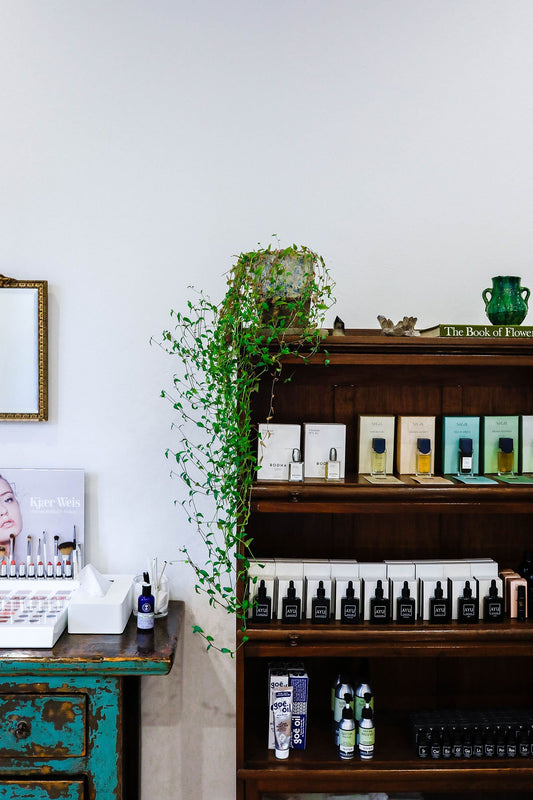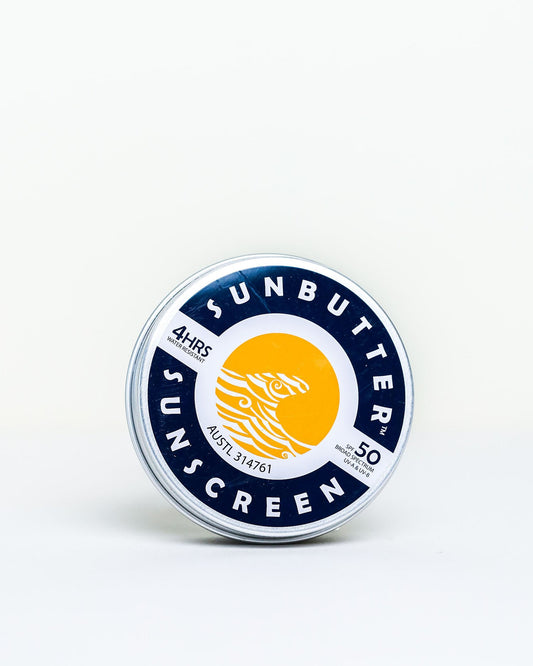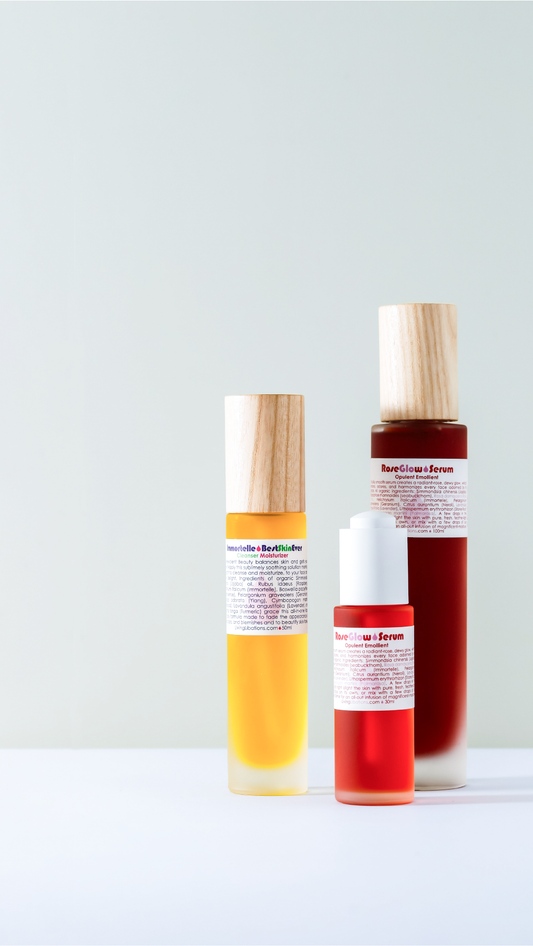Dandelion ~ Taraxacum officinale
To the average gardener, dandelion is an infamous weed. To the herbalist, it is almost unbeatable for ailments of the liver. Some of the earliest records of dandelion date back to Arabian physicians in the tenth and eleventh centuries. Texts of thirteenth century Welsh medicine allude to it.
In western herbal medicine, dandelion is a valuable bitter tonic. We predominantly use it to stimulate the liver and gall bladder, to improve appetite, support digestion and regulate bowel movements. For sensitive livers, a dose of 10-15 drops in a spoonful of water taken three times daily is effective yet gentle. A lovely nutritive formula to support congested skin is a combination of dandelion, nettle and burdock.
In the kitchen, tender young Dandelion leaves make a wonderful salad. Or roughly chop and use in place of English spinach (allow a little extra cooking time). In one of my old herbals, I have seen the suggestion of making a delicious sandwich with the young leaves (older leaves are too bitter). Simply place the leaves between two pieces of quality, buttered sourdough and sprinkle with a little sea salt. A little lemon juice and black pepper can also be added. It has also been noted that the leaves should be torn, not cut to retain the flavour.
The root, on the other hand, is usually roasted, dried and ground to form a coffee substitute. Dandelion ‘coffee’ is caffeine free but has a remarkably similar taste. Consumed daily, it exercises the liver and kidneys without irritating the nervous system. If the ‘wakefulness’ of caffeine is desired, try combining with cacao for a similar effect.
Aside from culinary and medicinal uses, the dandelion plant is an integral part of bee keeping! Dandelion takes an important place among honey-producing plants. From the bee-keeper’s point of view, dandelion will flower no matter how cool the weather may be and they bloom for a long while, meaning no artificial food is needed for the bees.
In summary, dandelion stimulates the liver, bowel and lymph glands and has great use as both an edible tonic and digestive aid.
Chaste tree ~ Vitex agnus-castus
Chaste tree is native to both Central Asia and the Mediterranean. The berries are utilised for medicinal purposes. The use of this herbal medicine dates back to ancient times where it was predominantly used to improve female health.
Today, it is mostly known for its ability to improve hormonal acne. For this reason, it is one of my most commonly prescribed herbs in clinic! I have found it particularly useful for establishing a regular menstrual cycle, especially after ceasing the contraceptive pill. It does this by helping the hypothalamus and pituitary glands to communicate- a function that is shut down on the pill. Chaste tree can help maintain healthy progesterone levels while balancing estrogen. In doing so, it can reduce breast tenderness, menstrual related breakouts, mood fluctuations and period pain. Its influence on progesterone can also make it a useful ally in those wishing to support fertility, especially in cases where there is a history of miscarriage.
I have found it to be equally effective when dispensed as a tablet or liquid tincture. It’s important to allow at least 3 months or 3 menstrual cycles for it to have the desired effect. Best taken upon rising in the morning as the pituitary gland is most active at this time.
Gulbarn ~ Melaleuca citrolens
Gulbarn, a plant of the myrtle family, is a uniquely Australian plant found predominantly in the Northern Territory and Queensland. It is a valuable Indigenous plant medicine. Unfortunately, we don’t have an abundance of information on this plant. However, we know it has been harvested by the Alawa people for thousands of years to alleviate colds, coughs and stomach aches. It is still used today on Country in sick adults and children to improve immunity.
It is caffeine free, high in antioxidants and a rich source of calcium, magnesium and potassium. One of the most brilliant things about this ancient bush tea medicine is the various ways in which it can be utilised. It can be brewed for inhaling, bathing or as a tea (consumed hot or cold). It’s a perfect example of the medium of tea being wonderfully effective and easy to administer.




